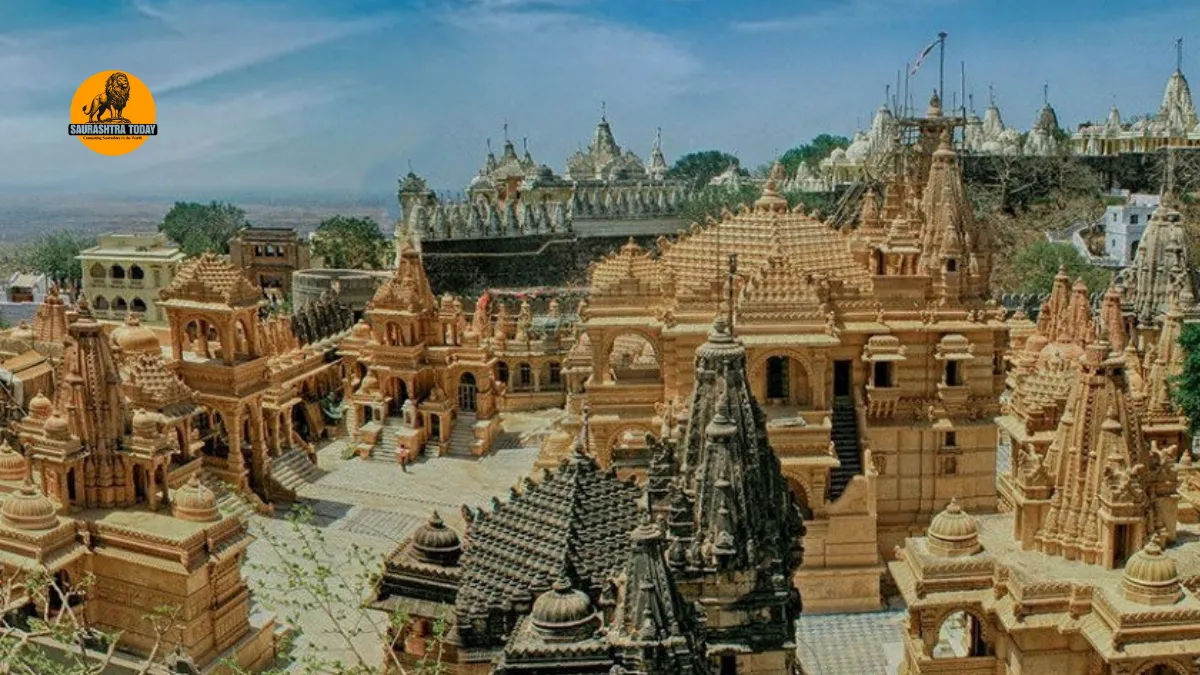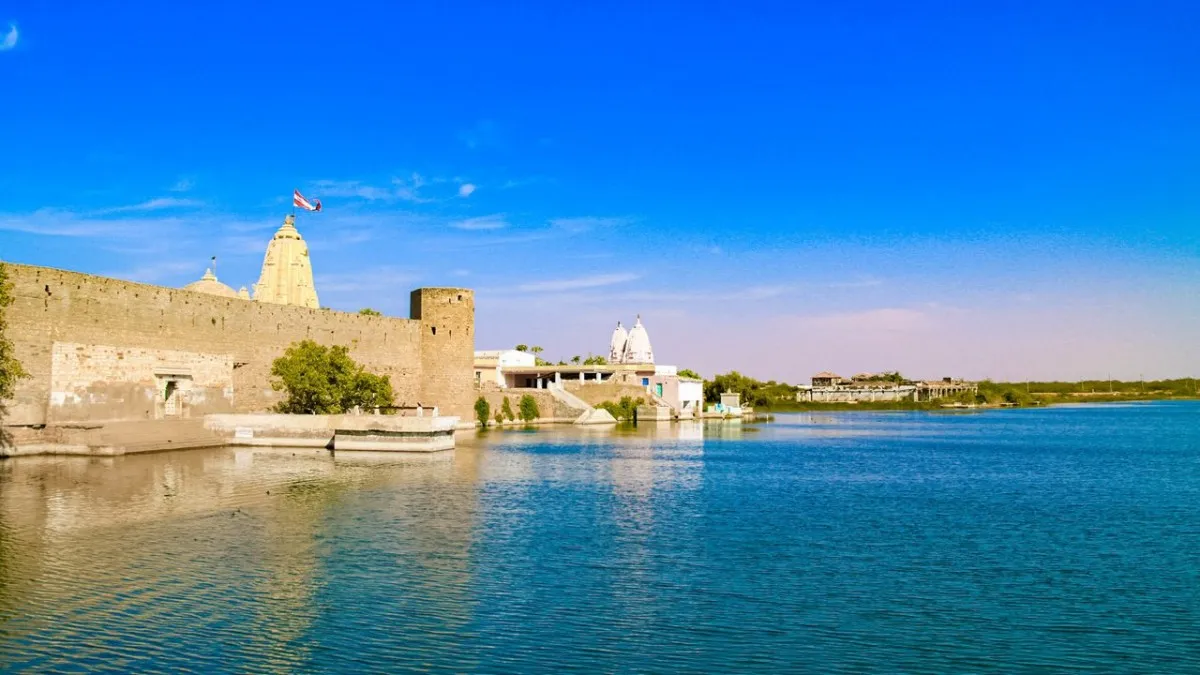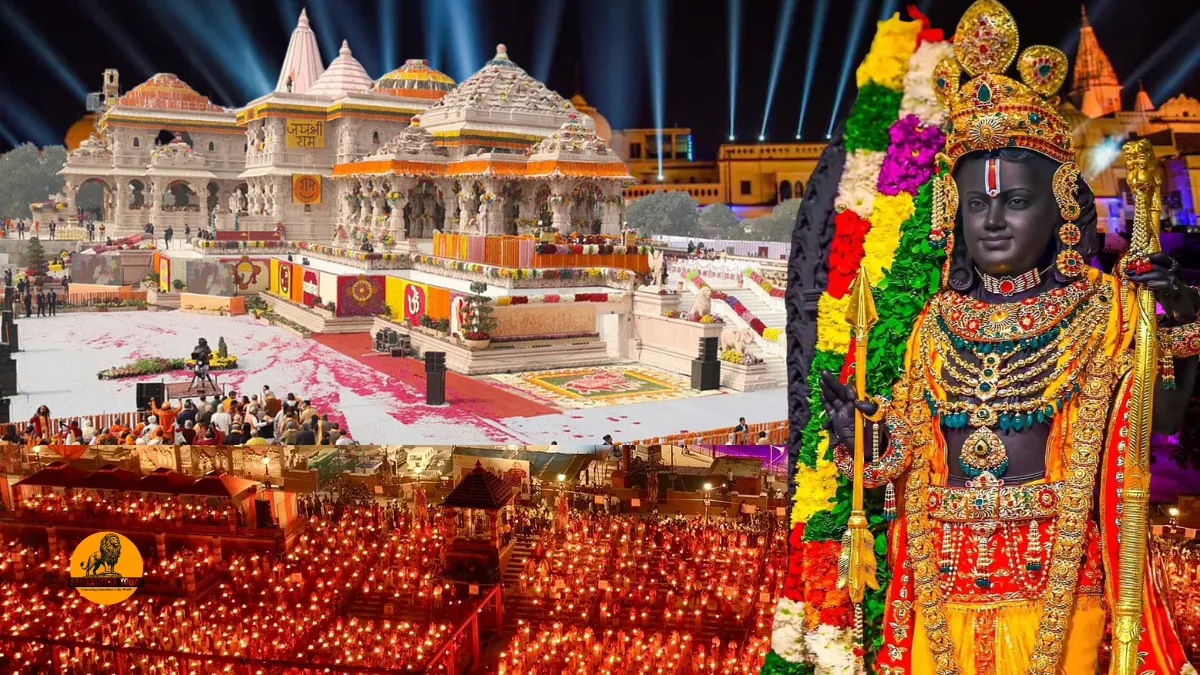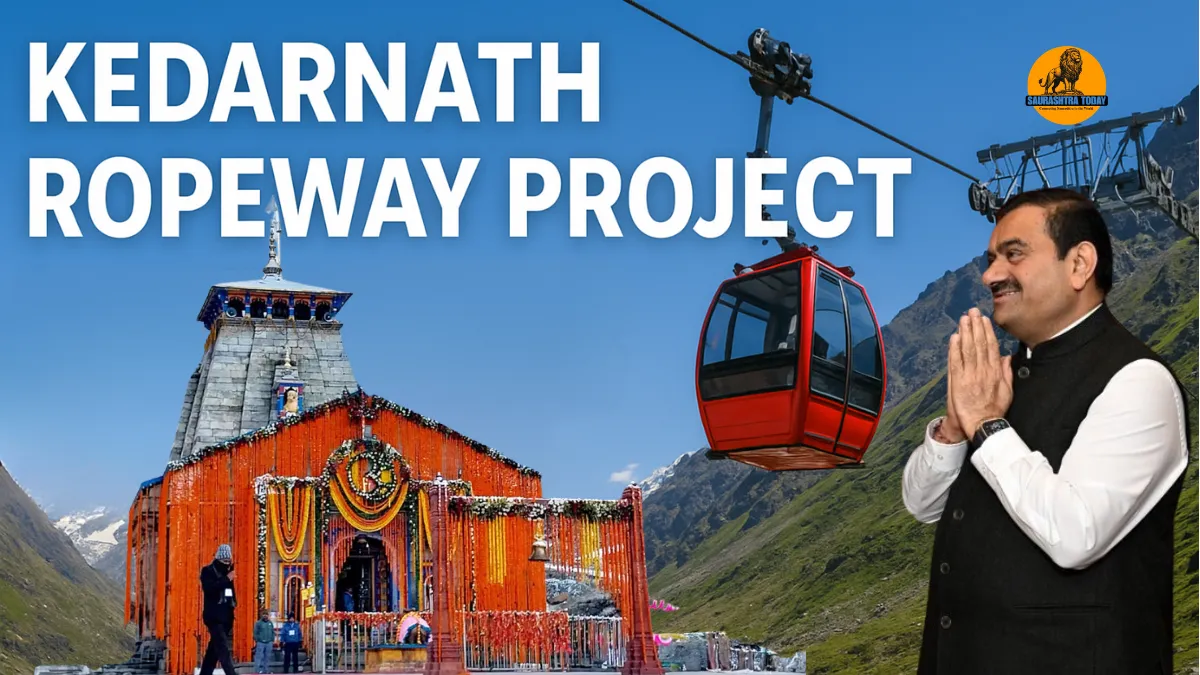Palitana Shatrunjaya hill: Nestled 51 kilometers southwest of Bhavnagar, the bustling town of Palitana has grown over the years into a key hub for pilgrims visiting the renowned Palitana Shatrunjaya hill. This sacred site is home to hundreds of intricately carved Jain temples, each steeped in centuries of devotion and spiritual significance. The hilltop holds immense importance in Jainism, as it is believed that Rishabha, the first Tirthankara, delivered his first sermon here, sanctifying the site forever.
For travelers, the climb to the temples may seem challenging, but it promises a breathtaking experience. Pilgrims and visitors alike are rewarded with stunning views of the temple complex, where stone carvings narrate stories of faith and devotion. During the Kartik Purnima festival, Palitana experiences a surge of devotees, and accommodations in the town are often fully booked, so planning ahead is essential for anyone wishing to witness this spiritual celebration.
A Holistic View of Shatrunjaya Hill
Considered one of the holiest pilgrimage destinations in Jainism, Palitana Shatrunjaya hill is a marvel of architecture and devotion. The temples, constructed over a span of 900 years, reflect the dedication of countless patrons and artisans. According to tradition, Adinath, also known as Rishabha, meditated under the rayan tree at the summit of the hill. The temples are organized into distinct enclosures, or “tunks,” each featuring a central temple surrounded by smaller shrines.
The summit of Shatrunjaya reaches an impressive elevation of 7,288 feet (2,221 meters). To reach it, pilgrims climb more than 3,750 stone steps—a journey that is as physically demanding as it is spiritually uplifting. On most days, hundreds of pilgrims ascend the hill, but during Kartik Purnima, crowds swell into the thousands. This festival marks the end of Chaturmas, a four-month period of spiritual retreat and austerity coinciding with the monsoon season. The sight of white-robed monks walking along the steps creates a serene and meditative atmosphere.
Exploring the Temple Complex
As visitors near the top of the hill, the pathway divides. Turning left leads to the main entrance, Ram Pole, while the right fork offers some of the most scenic views of the Gulf of Cambay on clear days. Passing through the Nav Tonk Gate, one path leads to the shrine of Angar Pir, a Muslim saint who historically protected the temples from Mughal invasions. To the right lies the Chaumukhji Tunk, known for the Chaumukh—or Four-Faced Shrine—built in 1618 by a Jain merchant. Images of Adinath face the four cardinal directions, symbolizing enlightenment reaching all corners of the world.
Wandering through the hundreds of temples can easily take a couple of hours, as each structure offers its own unique artistry and spiritual ambiance. The Adinath Temple, perched at the highest point on the southern side of the hill, stands as the largest and most splendid of all. Its detailed carvings and architectural grandeur make it a focal point for pilgrims and visitors alike. After completing the climb, many travelers stop to refresh themselves with curd sold by vendors lining the descent—a small ritual that rejuvenates the body after the spiritual exertion.
A Brief History of the Temples
The temples on Palitana Shatrunjaya hill trace their origins to the 11th century, constructed over a period of 900 years. The initial temples were commissioned by Kumarpal Solanki, a renowned patron of Jainism, who sought to establish a sacred center for devotees. Over time, these temples faced destruction by Turkish Muslim invaders in 1311 AD. At that time, the 50-year-old saint Jinaprabhasuri oversaw the temple complex, and later, through persistent effort, restored the temples to their former glory. Today, these temples stand as a testament to the resilience of faith and the devotion of generations of Jain followers.
Also read: World Tourism Day 2025: Date, History, Theme, and Significance
Planning Your Visit
For those looking to explore Palitana Shatrunjaya hill, the ideal time to visit is between November and February. During these months, the weather is pleasant, making the climb less strenuous and the experience more enjoyable. The town of Palitana offers various accommodation options, but booking in advance is strongly recommended, especially during peak festival times such as Kartik Purnima.
Visiting Shatrunjaya is more than just a climb; it is a spiritual journey that immerses pilgrims in centuries of Jain devotion, art, and culture. From the carefully carved temples to the serene presence of monks, every step taken along the stone paths brings visitors closer to a unique and peaceful experience. Whether you are seeking spiritual solace or architectural marvels, Palitana Shatrunjaya hill offers an unforgettable adventure that leaves a lasting impression on the mind and soul.



















